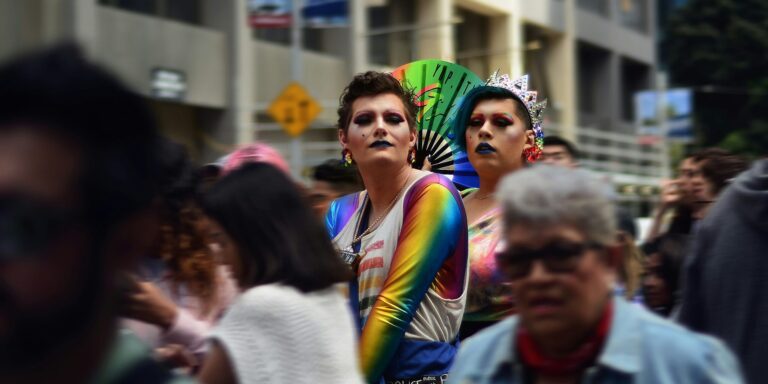On June 2, 2025, the Supreme Court of Puerto Rico delivered a groundbreaking ruling, allowing nonbinary and gender-nonconforming individuals the option to select “X” as their gender marker on birth certificates. This historic decision represents a significant milestone in the fight for gender inclusivity and recognition in the territory, offering legal acknowledgment to those who do not identify strictly as male or female.
The ruling is seen as a victory for the LGBTQ+ community, especially for nonbinary, genderqueer, and other gender-nonconforming individuals, who have long advocated for greater representation in official documents. Previously, Puerto Rican law required individuals to select only “M” for male or “F” for female on their birth certificates, leaving those outside the traditional gender binary with no legal recognition of their identity.
The decision from the island’s highest court is expected to have far-reaching implications. For one, it will influence a range of administrative and legal processes, including the issuance of identification documents such as passports, driver’s licenses, and other official records. It also opens the door for improved access to healthcare services, where gender markers on identification have often presented barriers to receiving appropriate care. By allowing an “X” gender marker, Puerto Rico aligns itself with a growing trend in countries and regions around the world to provide more inclusive and accurate representation of gender identity.
This ruling comes at a time when the conversation around gender identity and rights is gaining momentum globally. Many countries, including Canada, Australia, and parts of Europe, have already implemented similar provisions, allowing for a third gender marker on official documents. Puerto Rico’s decision places it at the forefront of these efforts in the United States and its territories, furthering the progress of gender equality and recognition in the region.
The case itself stemmed from a legal challenge brought by a nonbinary individual, who argued that the existing binary system violated their right to freedom of expression and recognition of their identity. The Supreme Court, after deliberating on the matter, found in favor of the plaintiffs, stating that the “X” option provides an essential path for ensuring that all Puerto Ricans, regardless of gender identity, can be accurately reflected in their official records.
Advocates for the ruling argue that it not only symbolizes recognition for the nonbinary community but also challenges deeply ingrained societal norms surrounding gender. They believe that the move could spark broader discussions about the ways gender is perceived and understood, both legally and culturally, in Puerto Rico and beyond.
For now, the ruling is set to take effect immediately, with Puerto Rican authorities tasked with updating systems to accommodate the new gender marker on birth certificates and other identification documents. While the shift is seen as a victory for many, it is also a reminder of the ongoing struggle for gender equality. Supporters hope that this will encourage further policy changes, including expanded rights and protections for gender-nonconforming individuals in areas such as employment, education, and healthcare.
Though Puerto Rico has made significant strides in recent years toward greater inclusivity and LGBTQ+ rights, this decision is just one step in a broader movement for full equality. The hope is that other U.S. territories and states will follow suit, recognizing the diversity of gender identity in their legal frameworks and helping to ensure that all individuals are afforded the dignity and recognition they deserve.
